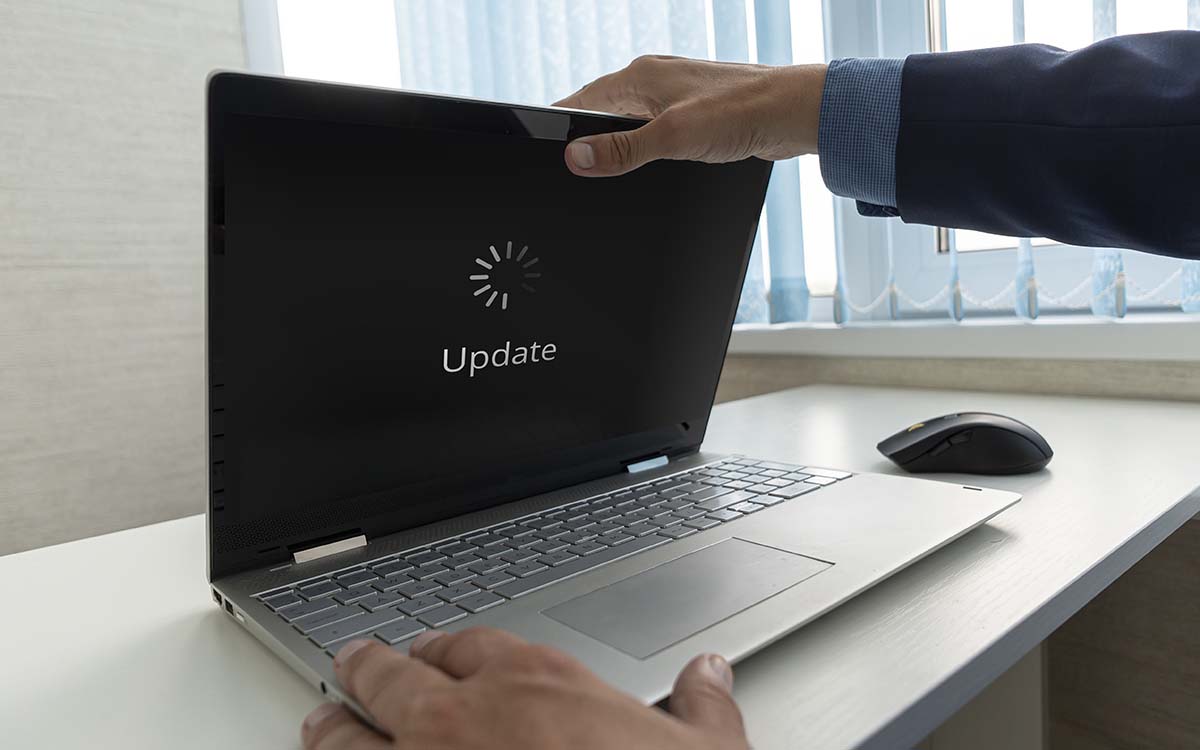Important Things To Know About PROFSVC DLL in Windows OS
Millions of people use Microsoft’s Windows operating system worldwide to complete all critical tasks daily, whether for work or personal projects. But when the PC refuses to run a program due to a missing file, it can cause a great deal of stress and panic to amateur users.
The ‘missing profsvc dll’ is one such error that can suddenly throw people off their wits, confusing them about what it means and how to deal with it. However, it is not something one must fret over excessively, as there are practical solutions to the problem.
The following information highlights what new users should know about this particular file, its problems, and dealing with it correctly. It can help them become more confident users of one of the world’s most popular operating systems.
About the File
The missing component is a DLL (Dynamic Link Library) file containing critical information (machine code) that helps Microsoft Windows applications and programs run seamlessly. Typically located in the RAM, or the central computer memory, it contains pivotal instructions for executable programs (EXE files).
This variant was created primarily because it could facilitate multiple programs simultaneously while ensuring the system runs efficiently without any hassles. Invariably, when an error regarding this file occurs, it can cause severe glitches in the overall functionality of your computer.
Common Reasons for the Error
There are several possible reasons why the profsvc dll file could be reported as missing or another error on your system. For instance, you could have accidentally deleted the element when browsing or running another application. Alternatively, it could indicate that your computer is infected with malware that may have wiped the file along with others, causing the PC to slow down or come to a sudden halt.
Sometimes, the missing message can also occur due to an unexpected power outage when users try to load Microsoft OfficeAccess 2010, causing the computer to crash. It can also happen if there are faulty or corrupt areas in your storage media, leading to the same result.
Invariably, it is critical to ensure your system has updated antivirus software that can effectively protect it against malware attacks and other issues. You can also run a manual check once in a while to look for unsuspecting viruses and other issues.
Always Use a Reliable Resource
When you encounter a missing or lost DLL file, you can try reinstalling the application or program you were trying to run. While this generally works in some cases, it may not always be effective, leaving you in the lurch about how to proceed next.
Fortunately, amateur users will be glad to know that several reputable online vendors provide all possible DLL files free of charge. They can simply browse the website, find the specific versions they need, download them onto their PCs, and save them in the correct locations.
Moreover, many respected sources provide ergonomic tools besides the files that automatically find the versions your computer needs and download them for you. They also address other issues related to the missing component, ensuring your system runs as smoothly as possible. So, look for an authentic website providing all essential elements alongside helpful guides to direct newbies in the right direction.




















